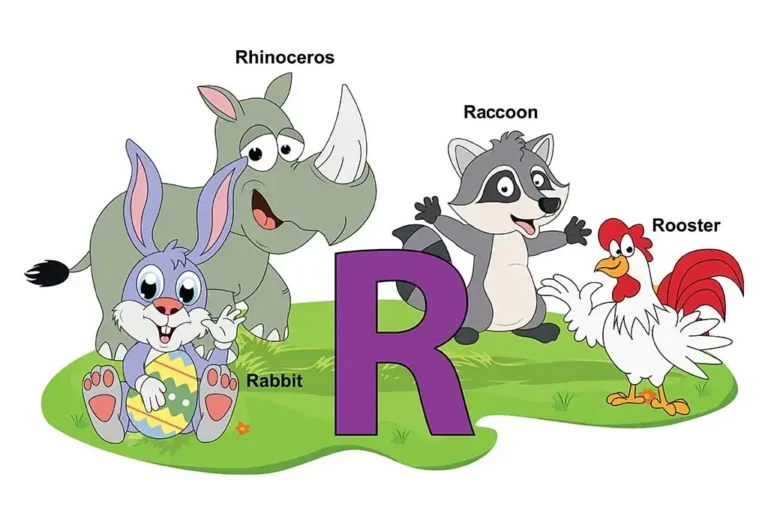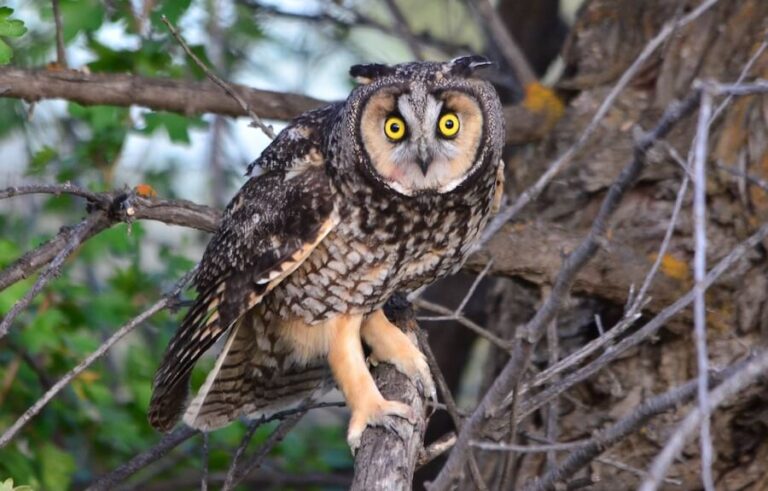Exploring Spider Monkeys: Traits, Habitat, and Conservation
Spider monkeys are among the most fascinating and agile primates of the New World. Known for their long limbs and prehensile tails, these intelligent creatures have captivated researchers and nature enthusiasts alike. This comprehensive article delves into every aspect of the spider monkey, from its scientific classification to its relationship with humans.
Contents
Scientific Classification
- Kingdom: Animalia
- Phylum: Chordata
- Class: Mammalia
- Order: Primates
- Family: Atelidae
- Genus: Ateles
- Species: There are seven recognized species of spider monkeys, including the black spider monkey (Ateles paniscus) and the Geoffroy’s spider monkey (Ateles geoffroyi).
Physical Characteristics

Spider monkeys are easily recognized by their unique appearance:
- Size: Adults typically weigh between 13 to 19 pounds (6 to 9 kg) and measure about 16 to 24 inches (40 to 60 cm) in body length, with their tails often longer than their bodies.
- Tail: The prehensile tail is a fifth limb, aiding balance and grasping branches. Its underside is often hairless, allowing for a better grip.
- Limbs: Long, slender limbs and hook-like hands make them excellent climbers, allowing them to swing swiftly through the canopy.
- Fur: They have coarse, dark fur, ranging from black and brown to lighter shades of gold or red, depending on the species.
- Facial Features: They have a bare face with prominent eyes and a small nose, enhancing their vision in the dense forest canopy.
Habitat
Spider monkeys are native to tropical forests of Central and South America, ranging from Mexico to Brazil:
- Preferred Habitat: They thrive in primary rainforests, especially in the upper canopy layers, where they can move swiftly from tree to tree.
- Range: Their habitat extends through countries such as Mexico, Colombia, Venezuela, Ecuador, Peru, and Brazil.
- Climate: They prefer warm, humid environments with abundant fruiting trees, essential to their diet.
Behavior

Spider monkeys are highly social and exhibit complex behaviors:
- Social Structure: They live in large, loosely organized groups called troops, which can number up to 30 individuals. These troops often split into smaller subgroups when foraging.
- Communication: They use vocalizations, gestures, and body language, including high-pitched barks, screeches, and postures.
- Daily Activities: Spider monkeys are diurnal, foraging, grooming, and resting. They are most active during the early morning and late afternoon.
Diet
Spider monkeys are primarily frugivorous, with their diet consisting mainly of:
- Fruits: Over 80% of their diet comprises ripe fruits, making them essential seed dispersers for many tree species.
- Other Foods: They also consume leaves, flowers, nuts, and occasionally insects or bird eggs, supplementing their nutritional intake.
- Feeding Habits: They feed by hanging from their tails and limbs, picking fruits directly from branches with remarkable skill.
Reproduction
Reproductive behavior in spider monkeys is complex and influenced by social dynamics:
- Mating: Females typically choose mates, and courtship involves grooming and playful interactions.
- Gestation: The gestation period lasts about 7.5 months, after which a single infant is born.
- Parental Care: Infants depend on their mothers for up to 2 years, clinging to their mother’s back or belly.
- Weaning: Weaning begins around 12 months, but young spider monkeys stay close to their mothers until they are fully independent.
Predators and Threats
Despite their agility, spider monkeys face numerous natural threats:
- Predators: Jaguars, pumas, large birds of prey, and snakes are among their main predators.
- Human Threats: Deforestation, hunting, and the illegal pet trade pose significant threats to spider monkey populations. Their habitats are increasingly fragmented due to logging, agriculture, and urban development.
Conservation Status
The conservation status of spider monkeys varies by species:
- IUCN Status: Many species, such as the black-headed spider monkey (Ateles fusciceps), are Endangered due to habitat loss and hunting pressures.
- Conservation Efforts: Various conservation programs focus on habitat protection, anti-poaching measures, and reforestation efforts to ensure the survival of these species in the wild.
Interesting Facts
- Acrobatic Skills: Spider monkeys can leap up to 30 feet (9 meters) between trees, showcasing their incredible agility.
- Intelligence: They are considered one of the most intelligent primates, capable of complex problem-solving and using tools in captivity.
- Seed Dispersers: Their diet and feeding habits make them vital for regenerating tropical forests, as they help disperse seeds over large areas.
Evolutionary History
Spider monkeys belong to the family Atelidae, which diverged from other primates around 15 million years ago. They are part of the larger New World monkeys, which evolved separately from Old World monkeys and apes. Their distinct prehensile tail and arboreal lifestyle are adaptations to their rainforest habitats, showcasing millions of years of evolutionary refinement.
Relationship with Humans
Spider monkeys have a long history of interaction with humans:
- Cultural Significance: In some indigenous cultures, spider monkeys symbolize agility, playfulness, and freedom.
- Captive Care: While often kept in zoos and wildlife sanctuaries, their complex social needs and high intelligence make them challenging to care for in captivity.
- Research: They are valuable in behavioral studies due to their social complexity and similarities to human social structures.
Conclusion
Spider monkeys are not just charismatic primates but essential components of their ecosystems. Their role as seed dispersers, their complex social lives, and their evolutionary adaptations to the rainforest canopy make them one of the most intriguing species of New World monkeys. However, with increasing threats from habitat destruction and human encroachment, urgent conservation efforts are needed to protect these remarkable creatures and ensure their survival for future generations.
- Are Rottweilers Good With Kids? Reasons & Training Tips - 17 September 2025
- How Long Are Dogs Pregnant: Complete Guide - 16 September 2025
- German Shepherd Doberman Mix: Info, Pictures, Care & More - 11 September 2025







